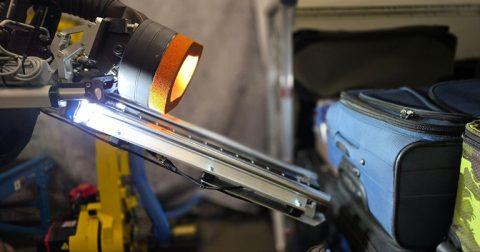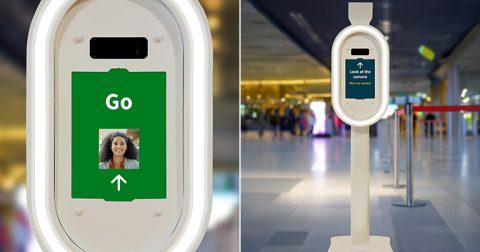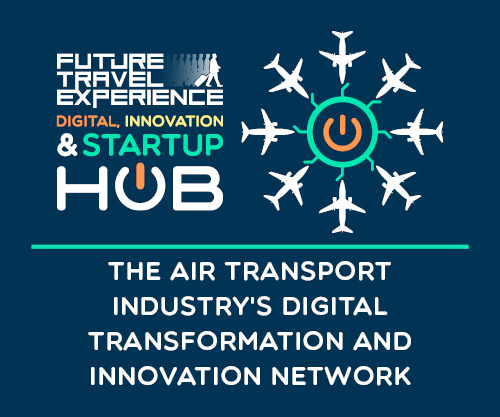At the recent FTE Global event, Synect showcased how smarter signage and content-first strategies can transform the passenger journey, enhance airport operations, and deliver measurable ROI. In this video interview, Yahav Ran, CEO, Synect, and Montee Fiely, Head of Strategic Engagement, Synect, discuss the company’s approach, project highlights, and vision for the future of digital engagement in the aviation space.
Elevating the role of communication in airports
“Synect is really about communication,” said Yahav Ran, CEO, Synect. “We empower airports to harness communication with passengers in a way that enhances reputation, builds relationships, and supports operational efficiency and revenue generation.”
Rather than treating digital signage as static or solely functional, Synect positions it as a strategic tool to guide passengers, influence behaviour, and personalise the airport experience at every touchpoint.
A shift from traditional FIDS to content strategy
During FTE Global, Synect participated in a key conference session titled ‘Smarter Signage Starts Here: Strategy, Content & Systems that Deliver’, featuring leaders from Burns Engineering, Dallas Fort Worth International Airport (DFW), and Faith Group. The session reinforced the critical need for airports to rethink how they use visual communication.
“Airports are great at investing in hardware,” noted Montee Fiely, Head of Strategic Engagement, Synect. “But the real value comes from what you put on those screens. Content strategy is the future – and frankly, it’s already here. The technology is proven. We’ve been doing this for over a decade at airports like Orlando International.”
The conversation highlighted the importance of not just modernising systems, but shifting mindsets – from viewing digital signage as a cost centre to recognising it as a dynamic platform for experience design, branding, and behaviour management.
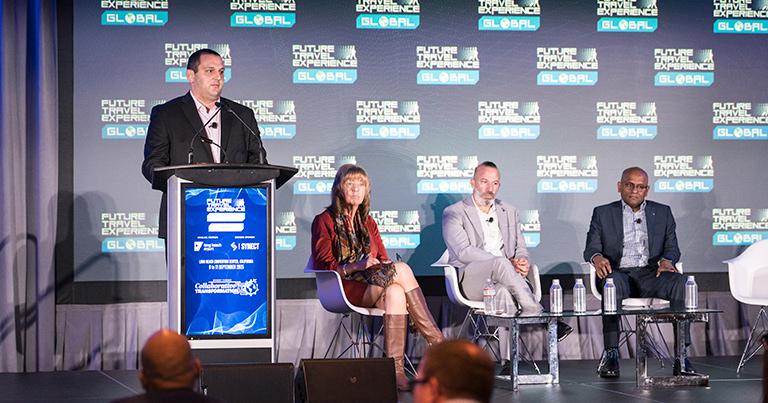
Smart systems for smarter signage
At the FTE Global exhibition, Synect showcased its airport-centric Digital Content Management System (DCMS), designed to enable agile, audience-aware communication.
“Passengers have evolving needs throughout their journey – control, comfort, familiarity,” Ran explained. “The key is attracting their attention at the right time, fulfilling an immediate need, and influencing their behaviour in a positive way.”
Synect’s system is built for flexibility – designed to integrate with any type of display, scale across airport sizes, and respond instantly to operational changes. “In an airport, timing is everything,” added Ran. “You can’t afford to wait hours or days to update content. Our systems let airports react in real-time.”
One barrier airports face in adopting content-first strategies is internal alignment. “There are many stakeholders with different agendas,” said Fiely. “We help airports build governance programs that include the right people, responsibilities, and long-term strategy. It’s a living, breathing program that must evolve – and we’ve proven it works at airports of all sizes.”
Proven projects from major hubs to regional airports
Synect’s success stories span large and small airports alike:
- Orlando International Airport (MCO): A decade-long partnership that continues to evolve and deliver impact.
- Dallas Fort Worth International Airport (DFW): Innovative installations focused on redefining signage and content strategy as an extension of the passenger experience.
- Lehigh Valley International Airport (ABE): A smaller-scale project with a strong governance strategy – proving the scalability of Synect’s model.
- Burbank Hollywood Airport (BUR): An exciting upcoming project tied to the opening of a brand-new terminal. Located in the media capital of the world, BUR chose Synect for its ability to deliver both creative and strategic content engagement.
“We were selected not just for ticking the technology box,” said Fiely, “but for demonstrating how to create and manage content strategy from day one.”
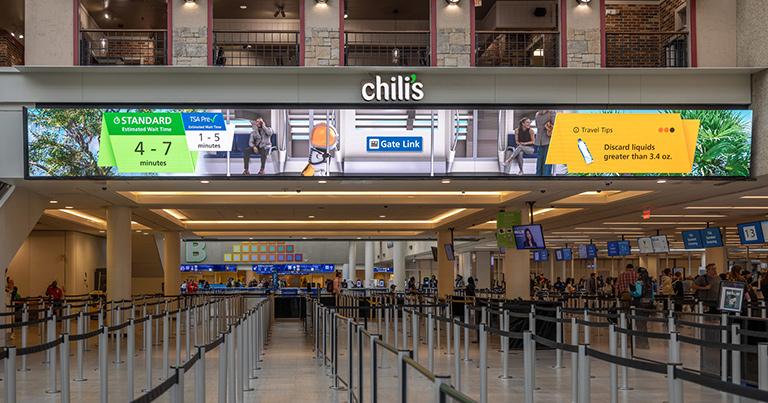
Scaling smartly: technology and education
While the technology scales easily, the biggest challenge, according to Synect, is mindset. “Airports need to budget for content, not just hardware,” Fiely explained. “That’s where the industry is still catching up.”
Ran agreed, adding that strategic planning at the outset pays dividends across design, cost management, and passenger satisfaction. “Whether it’s a modest project or a major terminal, well-planned content strategy creates a ripple effect across the airport.”
Looking ahead: educating the industry, empowering the passenger
Heading into 2026, Synect’s mission is clear: continue educating the industry on the power of content-first strategies. “This is an industry shift,” said Ran. “We believe this will impact millions of passengers worldwide, and we want to help lead the way.”
Fiely added that upcoming projects will showcase how airports can create unforgettable passenger experiences tied to major events and milestones. “We’re helping airports tell their story, promote their brand, and deliver something memorable from day one.”
FTE Global: a platform for innovation and connection
As Diamond Sponsor of FTE Global 2025, Synect sees the event as a valuable platform to connect with industry leaders and drive the conversation forward.
“It definitely raises our visibility,” said Fiely. “And we love having a platform to educate the industry – it helps everyone.”
Ran added: “The conversations we’re having here are maturing every year. People are coming more prepared, more curious, and ready to engage at a deeper level. That’s a testament to the value of this event.”
Synect’s vision for the future of airport communication goes beyond technology. By putting content strategy at the centre, it is helping airports of all sizes deliver smarter, more personalised, and more effective passenger experiences. As the air transport industry continues to evolve, Synect stands ready to lead the charge in reimagining how we engage with travellers.
Read the full FTE Global 2025 report >> Visit the FTE Global 2026 website >>